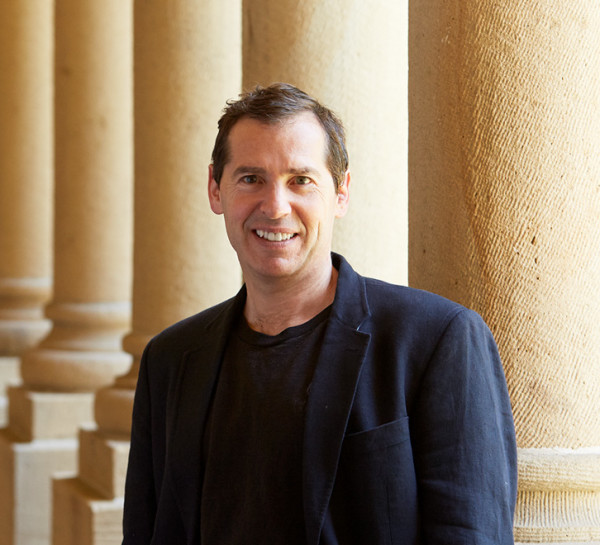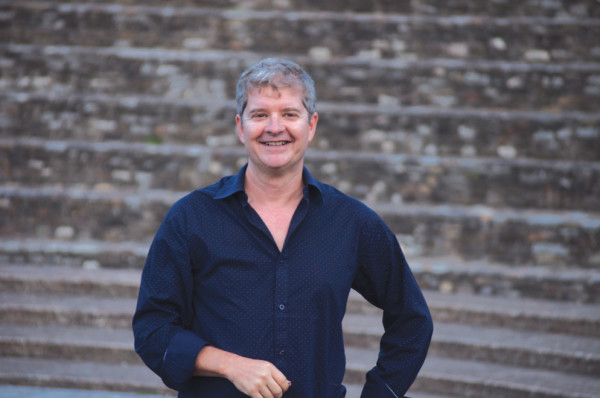The United States ranks last among developed countries on issues of poverty and inequality, according to The Stanford Center on Poverty and Inequality’s third annual report.
The report, released earlier this month, compared the U.S. to other countries in six key areas: employment, poverty, safety nets, wealth inequality, income inequality, wealth inequality and economic mobility. Among the ten countries deemed “well off,” the U.S. had the lowest overall score, performing particularly poorly on income and wealth inequality as well as safety net effectiveness.
Even among a larger cohort of 21 countries, the U.S. still lags, ranking 18th overall.
The Center’s annual report tackles a different topic each year: the first study, in 2014, analyzed major national trends in poverty and inequality, while last year’s study focused on variation among the 50 states.
The latest report “stepped back even further” to situate the U.S. in the world, said David Grusky, director of the Center.
Surprising weaknesses
The U.S. was weak in areas typically regarded as strengths, Grusky said. One of these areas was economic mobility, where the U.S. ranked eighth out of 10, despite traditional ideas of America as a land of opportunity.

The Center’s report also noted that while some have called the U.S. a “jobs machine,” the U.S. had one of the highest rates of “prime age” unemployment, or unemployment among people between the ages of 25 and 54.
Although Grusky said it is natural for unemployment to climb during recessions, he finds post-recession trends in the U.S. worrying — particularly the growing issue of long-term unemployment.
“It seems likely that once again prime age employment will not reach the same level before another recession hits,” he said.
Explanations
Grusky offered three explanations for the U.S.’s poor performance across the various measures of inequality considered in the study.
One explanation simply posits an unlucky confluence of factors leading to poor performance in each area.
“Each author seems to cite an idiosyncratic practice which is why in that domain we have a poor outcome, so we can’t dismiss that possibility,” Grusky said.
Grusky also said that an unwillingness to deviate from policy sensibilities built up over time may have contributed to current inequalities.
“We’re a very special type of country that has a special set of commitments which is subsumed under the heading of a liberal welfare regime,” Grusky said, “If you believe we have a competitive economy that’s highly efficient and just as a consequence generates lots of inequality — if you believe that, you don’t want to tinker.”
Finally, he referenced feedback loops, in which one type of inequality brings about another type.
“There could be hundreds of these feedback loops in play that make inequality self-perpetuating,” he said.
Feedback loops: mobility and education
“There are many forces at work, but one of the key forces is that we put up opportunity for sale,” Grusky said.
Grusky explained “selling opportunity” as commoditizing services such as early-childhood care or primary education, in a way that allows parents with more money to buy better versions for their children.
Opportunities can be turned into commodities both directly and indirectly, he said. Private schooling puts a direct price tag on higher quality education; more subtly, children of wealthier families may receive better education because schools are better in areas with more expensive housing.
This ability to buy and sell opportunity can decrease economic mobility.
“It shouldn’t be the case, one might argue, that well off parents…[can] buy opportunities for their kids, and privilege them to get ahead,” Grusky said.

Sean Reardon, a professor of poverty and inequality in education who co-authored the report’s section on education, shared Grusky’s concerns about educational inequality, calling the U.S. an “outlier” in that area.
According to Reardon, the U.S. has a comparatively large achievement gap, or disparity in the performance of wealthier and poorer students. He stressed economic inequality as a larger source of differing educational outcomes.
“We have high levels of economic segregation in neighborhoods and schools in the United States,” Reardon said. “If you’re a poor or working class kid you’re less likely to go to a middle class school. There are fewer resources and things like that for schools that have students who are more in poverty.”
Contact Regan Pecjak at reganp ‘at’ stanford.edu.